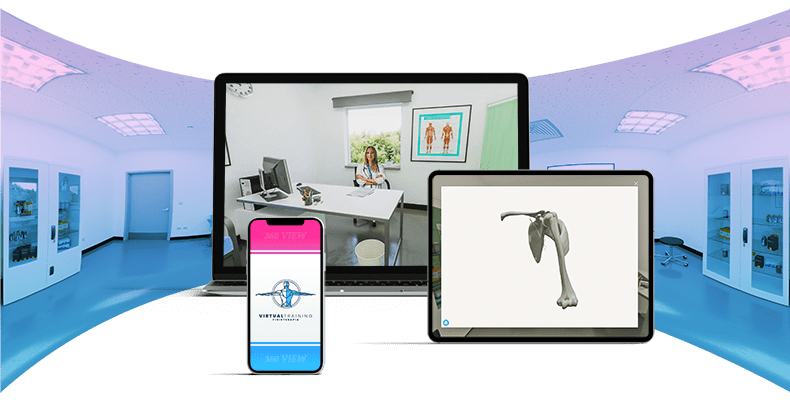At a time when technological innovation is transforming our everyday lives, it is crucial to explore how, especially in recent years, new immersive technologies such as Virtual Reality (VR) and Augmented Reality (AR) are also gaining ground in sustainability-related contexts.
So, what happens when these technologies are applied to the sustainability context and contribute to the promotion of sustainable development?
In this article, we will explore how Augmented Reality and Virtual Reality can play a significant role in building a more eco-responsible, sustainable future and offer new opportunities for learning, engagement and awareness-raising.
EImmersive experiences for environmental awareness
One of the main challenges in promoting sustainability is to create awareness and engagement among the population.
Immersive technologies can play a key role in this process.
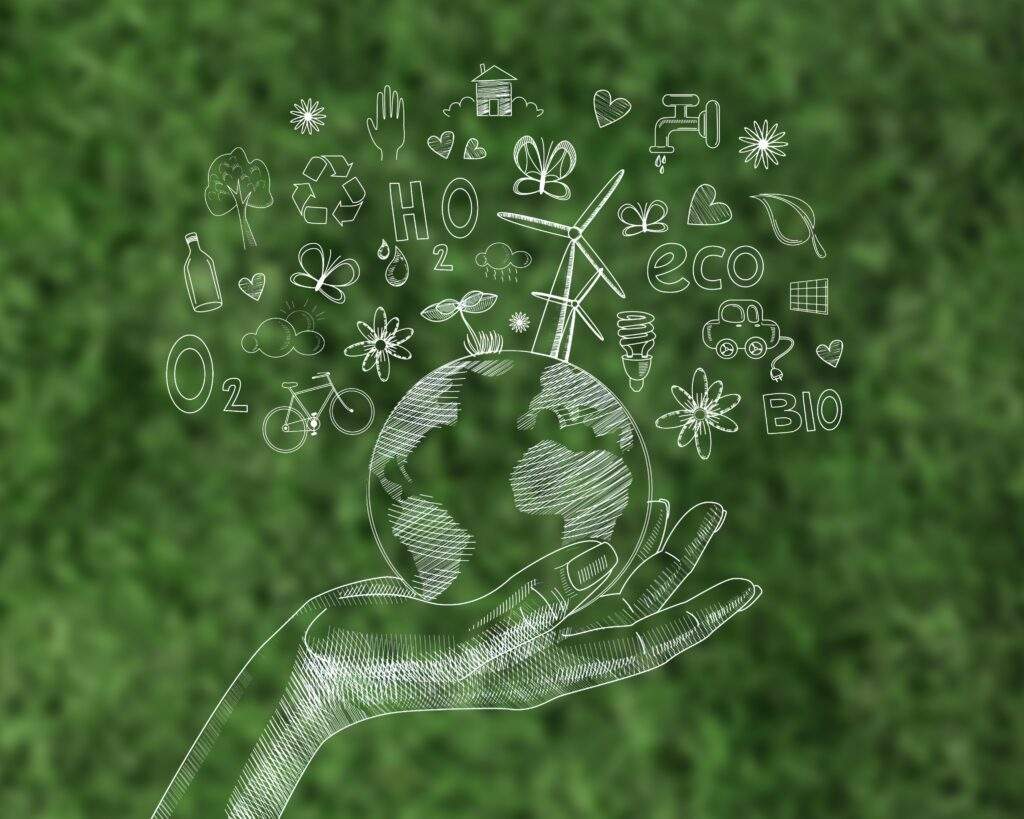
Digital immersion emotionally stimulates people, enhancing skills and behaviour in relation to the environment, without requiring physical presence in distant or preserved natural environments.
For example, through the use of Virtual Reality, it is possible to create simulations of natural environments and bring people to places that are inaccessible or threatened by climate change.
In this way, they can virtually observe first-hand the devastating effects of human activities on the ecosystem and the effects of climate change, encouraging greater awareness and a sense of urgency to act for sustainability.
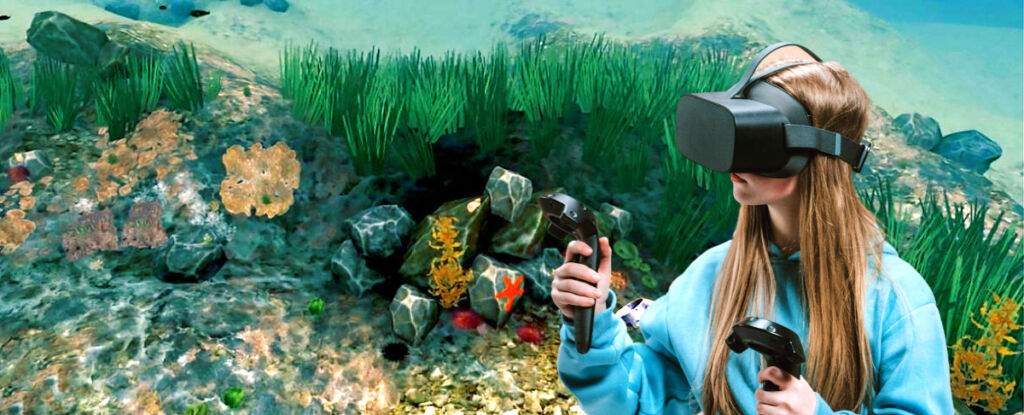
Engaging experiences can help people raise awareness and understanding of the importance of sustainability and stimulate the adoption of more responsible behaviour.
Sustainable solutions with Augmented Reality
Augmented Reality can provide practical solutions for sustainability.
For example, through the use of AR-based mobile apps, detailed information on products and materials can be visualised, including data on their origin, environmental impact and available sustainable alternatives.
This enables consumers to make more informed and sustainability-oriented decisions when shopping.
Another very interesting example is the mobile Augmented Reality (AR) experience ‘Below the Surface AR‘ by Sea Shepherd, a US-based non-profit organisation for the protection of fish and marine environments, which raises awareness about the damage dolphins suffer when they become entangled in fishing gear.

A further case in point is the interactive experimental game ‘Doom Prepper Sailors’, developed by students at the Eindhoven University of Technology, which aims to spread long-term awareness about the condition of water pollution.
The game is set in a post-apocalyptic world some 50 years in the future and, thanks to AR technology, casts users onto remote-controlled, 3D-printed, GPS-equipped boats, with the aim of helping to rid rivers and canals of the plastic debris heap.
Simulation as a tool for sustainable design
Using Virtual Reality, for example, architects and town planners can assess the impact of a building or an entire city on the environment, enabling sustainable solutions to be realised right from the design phase.
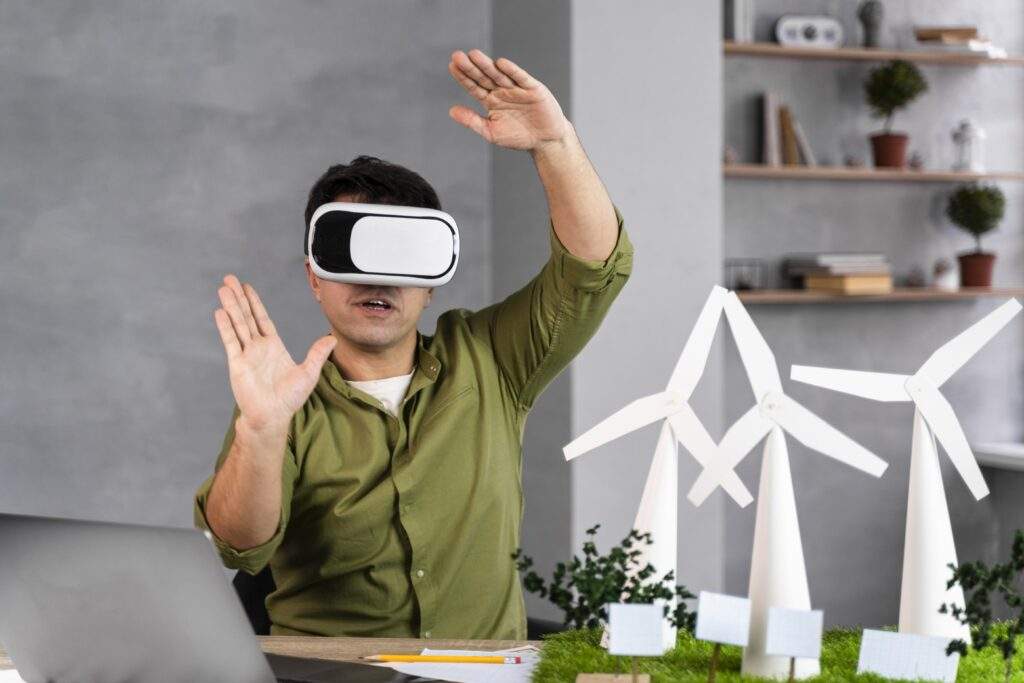
This ability to simulate environments and situations helps to reduce waste and optimise the use of resources.
The impact of immersive technologies on reducing emissions
Another crucial aspect for sustainability is the reduction of greenhouse gas emissions.
One interesting project is the one carried out by the United Nations Environment Programme, which collaborated with Sony PlayStation to develop a virtual universe that encapsulates our carbon footprint in a sphere of colours. When users virtually experience everyday scenes, such as eating breakfast, they see their carbon footprint grow in the form of an 18-metre high sphere of coloured gas.
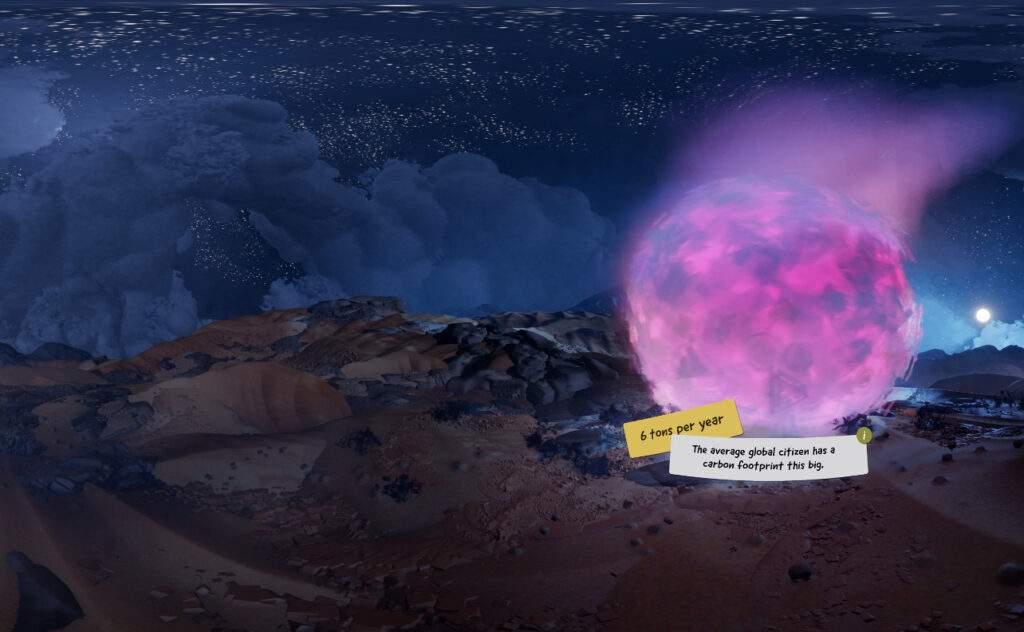
With Virtual Reality, it will also be possible to replace physical travel for training or collaborative activities, to attend meetings or events virtually, thus reducing the carbon footprint associated with transport on the environment.
Immersive education for a sustainable future
Immersive technologies have huge potential in the field of education to promote sustainability.
Through interactive learning experiences, students can explore and understand sustainability-related concepts in a more engaging way.
For example, they can immerse themselves in a polluted island and collaborate to find innovative solutions to restore the environment. This type of immersive learning fosters a deeper understanding of environmental issues and inspires concrete action.
Conclusions
Immersive technologies can contribute not only to a particular SDG (Sustainable Development Goals), but have the potential to address all the development issues that are expected to be promoted in different countries around the world.
Virtual and Augmented Reality have proven to have a significant impact in several areas, offering immersive experiences that can go beyond physical boundaries and allow users to live totally new experiences, paving the way for unexpected opportunities to promote sustainability in all its forms.
If you are interested in learning more about the innovative solutions we offer through immersive technologies to promote sustainability, please contact us!
We will help you realise an ecological and immersive future.



